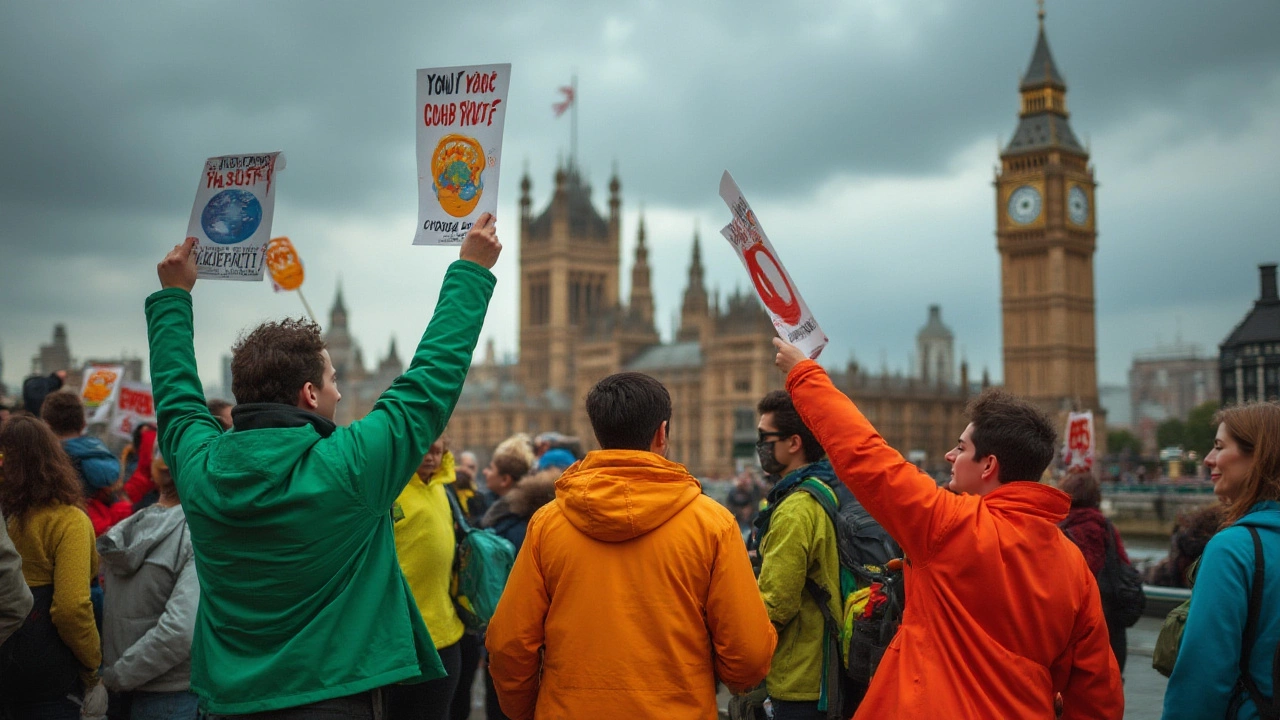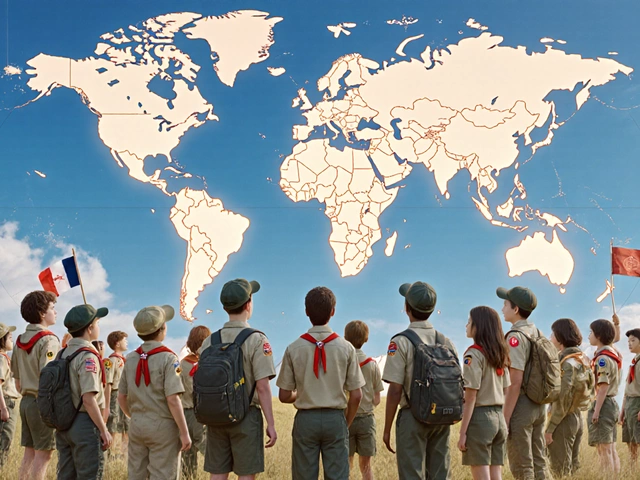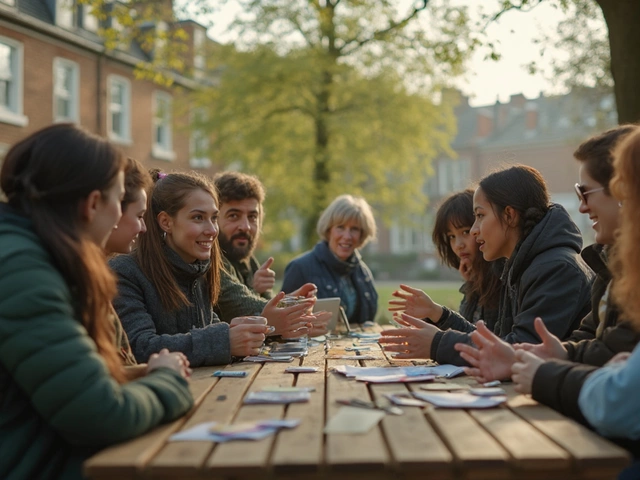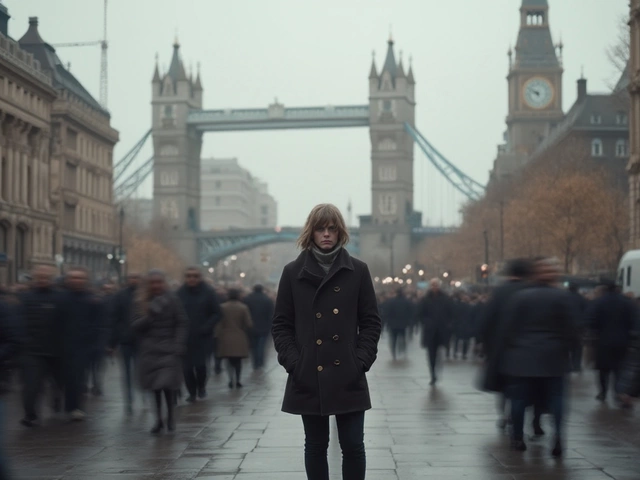Most Famous Environmental Charity: Greenpeace and Its Impact Worldwide
Greenpeace—just the name sparks up images of daring activists, inflatable boats blocking whaling ships, and giant banners dropped from power plants. The world has plenty of charities that fight for the environment, but when it comes to fame and immediate recognition, Greenpeace takes the top spot. From polar bears to power plants, these guys have been making headlines and stirring emotions since the early 1970s. Their blend of dramatic stunts, solid science, and relentless advocacy set them apart in a crowded field of eco-heroes. Ask a friend to name an environmental charity, Greenpeace pops up nine times out of ten. But why? What about them makes such a mark?
The Birth of the Environmental Icon
Back in 1971, a ragtag group of activists and journalists boarded a fishing boat to protest a US nuclear test near Alaska. They called it the "Greenpeace." That first voyage didn’t stop the test, but it sparked a movement. Within a few years, Greenpeace was front and center in everything from whaling protests to anti-nuclear rallies. Their formula was simple but powerful: go where the destruction is, get in the way, document everything, and show it to the world. Unlike older conservation organizations that worked behind the scenes, Greenpeace made the conflict public—big, bold, and impossible to ignore. Even back then, their clever use of the media turned what could have been local news into global headlines.
By the 1980s, Greenpeace was basically a household name. They pioneered using imagery like whales getting between harpoons and activists risking arrest, all splashed on the evening news. Their logo could be spotted on t-shirts and bumper stickers from Tokyo to Toronto. This media-savvy approach inspired other groups but never quite got duplicated on the same scale. The reason? Greenpeace consistently brought together passionate people, direct action, and stories that tugged at both your heart and your sense of justice. Their willingness to push boundaries—sometimes right up to the edge of the law—gave them an edge that established charities just didn’t have.
What Makes Greenpeace Unique?
Lots of charities try to change policy or raise awareness, but Greenpeace goes further with their “direct action” style. If someone’s dumping toxic waste or harpooning whales, you’re likely to find Greenpeace activists in the thick of it—locked to machinery or taking videos that end up on the news or trending online. Their protests aren’t about quiet speeches; they’re about making a scene that forces everyone to pay attention. This disruptiveness sometimes lands them in trouble, but it’s also what etches their actions into the public mind.
One thing that really sets Greenpeace apart is how they steer clear of government or corporate funding. This independence means they can confront even the biggest companies and governments without fear of losing a sponsor—a policy they fiercely defend. It builds trust with supporters because, let’s be real, if you want to challenge oil giants or governments dumping toxins, you can’t be on their payroll. Their campaigns span the globe, from high seas to rainforests, and they back up their stunts with research and data. When Greenpeace raises a fuss about climate change or ocean acidification, they add weight with reports drawn up by scientists and policy experts.
They’ve been early adopters of tech, too. In the 1990s, while most charities were still faxing press releases, Greenpeace was building an online community that kept supporters informed and outraged. Fast forward to today, their social media channels reach millions, putting pressure on companies faster than ever before. It’s all about being seen and staying relevant, and Greenpeace rarely misses an opportunity to make newsworthy moves. To them, changing the world is equal parts stagecraft, science, and stubbornness—not everyone’s style, but undeniably effective.
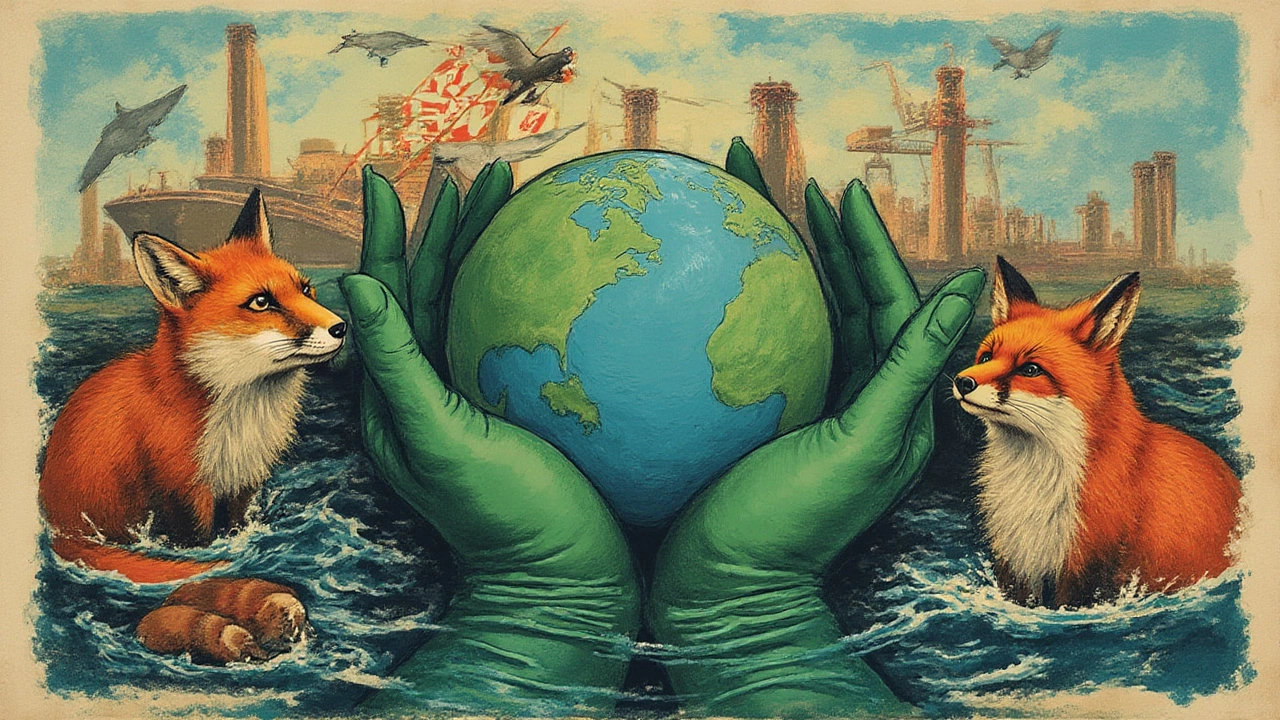
Greenpeace in Action: Bold Campaigns and Big Outcomes
It’s one thing to make noise, it’s another to get results. Greenpeace has notched up some victories that actually changed the way we treat our planet.
- Whaling Ban: Probably their most famous early success. Greenpeace helped focus world attention on the brutal, often illegal whale killings happening at sea. Their viral images and pressure campaigns pushed several countries to back a global ban on commercial whaling in 1986.
- Ozone Layer Protection: Remember the panic over the ozone hole? Greenpeace played a big role in pushing for the phasing out of CFCs (the chemicals killing the ozone layer). Their campaigns helped lead to the 1987 Montreal Protocol, a treaty that’s often called the most successful environmental agreement ever.
- Defending the Rainforest: In the Amazon and Southeast Asia, Greenpeace exposed illegal logging, shamed companies buying “dirty wood,” and forced brands like McDonald’s to change supply chains. They convinced major global companies to stop sourcing products linked to deforestation.
- Plastic Pollution: In the 2010s, Greenpeace ran high-visibility campaigns against single-use plastics, calling out companies making billions off plastic waste. Many big brands, from Coca-Cola to Unilever, pledged to slash their use of plastics and rework packaging. Some governments banned single-use bags and other items after their campaigns.
Here’s a table showing just how global and wide-reaching Greenpeace’s efforts have gone in real, hard numbers:
| Campaign Area | Years Active | Major Wins | Countries Impacted |
|---|---|---|---|
| Commercial Whaling | 1970s-present | Global moratorium on commercial whaling | 50+ |
| Ozone Protection | 1980s | Montreal Protocol adopted | 180+ |
| Deforestation | 1990s-present | Major brands stop sourcing from deforesters | 30+ |
| Plastic Pollution | 2010s-present | Plastic bans, major corporate pledges | 75+ |
This kind of reach didn’t happen by accident. Greenpeace figured out how to mix people power, media stunts, and sharp research to embarrass polluters and inspire government crackdowns. They keep their finger on the pulse—always responding to new threats, whether it’s deep-sea mining today or oil drilling in the Arctic tomorrow.
How Does Greenpeace Fund All This?
Money talks in the nonprofit world. If you’re planning direct actions, global offices, and slick campaigns, it takes a lot of cash. Greenpeace does things differently from most big names in charity. As mentioned earlier, no government or corporate money. This means the group relies almost entirely on small donations from individuals—people like me or you. In 2023, Greenpeace International reported income upwards of $400 million. Most of those donations came from supporters giving a few bucks a month. Think of it as crowd-fueled activism.
This funding model gives them freedom but also keeps them on their toes. If they start playing it safe or lose their edge, those individual donors can walk. Transparency is also a huge selling point for supporters. Anyone can see where the money comes from and where it goes. Operating in over 55 countries means Greenpeace needs a tight structure but also lots of autonomy. Each national office plans its own campaigns, tailored to local issues. Greenpeace UK might focus on oil rigs in the North Sea, while Greenpeace Brazil takes on Amazon deforestation. They share tools, training, and branding, but each office keeps its personality and priorities.
One pro tip for would-be donors: always double-check you’re donating to the official Greenpeace organization in your region. Because the name is so well-known, there are more than a few copycats out there. Greenpeace themselves advise using their main website to find official donation channels. This not only keeps your money safe but also ensures it fuels real, high-impact actions rather than getting lost in the void.
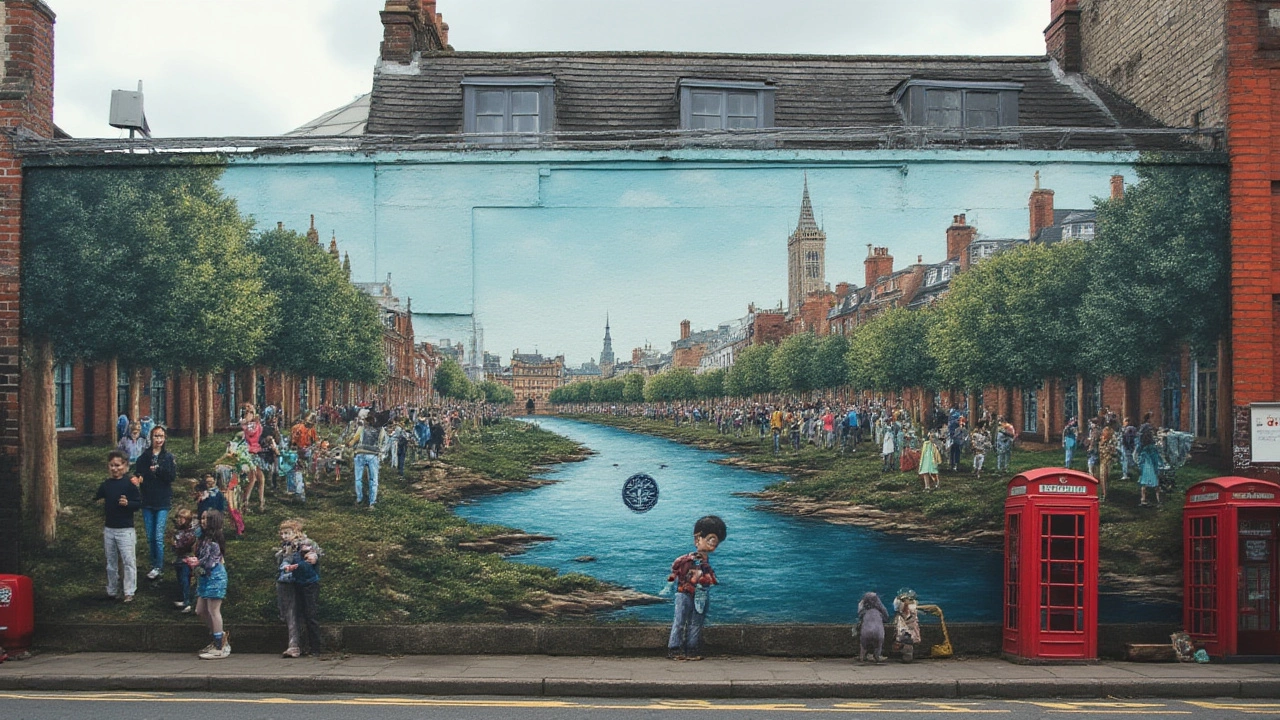
Beyond Greenpeace: Other Big Names and the Reason Greenpeace Still Stands Out
It’s not just Greenpeace out there, of course. The environmental charity world includes big hitters like the World Wildlife Fund (WWF), Friends of the Earth, Sierra Club, and The Nature Conservancy. Each has its niche: WWF is famous for cuddly panda logos and wildlife conservation, while The Nature Conservancy quietly buys up and protects endangered habitats. Friends of the Earth leans into grassroots campaigns for policy change, and Sierra Club focuses on US environmental campaigns.
Yet when it comes to switching the global conversation and lighting a fire under polluters, Greenpeace still leads. Their mix of activism, mainstream reach, and willingness to get uncomfortable catches eyes and makes headlines. They’re not afraid to call out big business; sometimes, that upsets people, but it’s part of the reason they’re so memorable. According to an independent survey in 2024, Greenpeace ranked first among environmental groups for brand recognition in more than 70 countries. That level of visibility gives them a megaphone that’s tough to match.
If you’re looking to support an environmental charity that never blends into the background, Greenpeace is the obvious pick. They’ve shaped laws, forced change at mega-corporate levels, and inspired millions to care about the planet. Whether you agree with all their tactics or not, their role in defining environmental activism can’t be denied. And who knows? Next time you see a headline about climate protests or a viral whale-rescue video, there’s a good chance Greenpeace is somewhere behind the scenes—still making waves.

